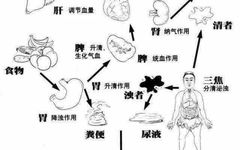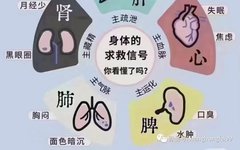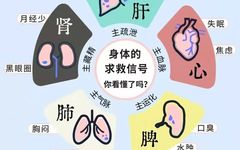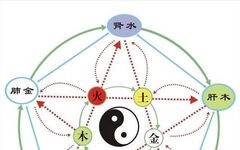Functions of the Five Zang and Six Fu Organs
In Traditional Chinese Medicine (TCM), the Five Zang and Six Fu organs collectively referred to as zangfu (脏腑), are important organs located within the cranial, thoracic, and abdominal cavities. This term represents a comprehensive concept that unifies both structural morphology and physiological functions. The Five Zang primarily include the Xin (心, Heart), Fei (肺, Lung), … Read more










